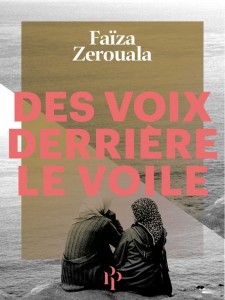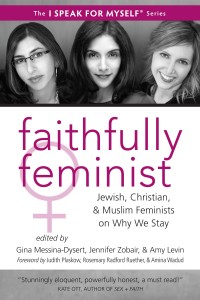Browsing in Barnes & Noble yesterday, I came across a magazine I so desperately wanted, despite the fact that I have forbidden myself from spending money until I get my next paycheque (the price tag was too high for me to talk myself into it). Ah, the life of a graduate student! Anyway, the cover attracted me as soon as I looked over at the magazine rack: big, bold Arabic script in white on a striking black background: Alef magazine.
I’ve always had a soft spot for fashion magazines, no matter how many times they lack models of color, no matter how many times they do stupid, Orientalist features, no matter how youth-obsessed they may be. It’s one of my flaws: a visually striking color palette and dynamic poses always wins me over because I’m a sucker for fancy packaging. So Alef automatically intrigued me as a high fashion and luxury goods magazine for Middle Eastern women. It’s something of a Middle Eastern version of Vogue, covering topics like art, music, fashion, film, etc. Some of the copy is in Arabic, some in English. The magazine currently sells most of its issues in Dubai, New York, and London (where it is currently based), though it is stocked in most of Asia and Europe.
Alef is published six times a year, the brainchild of Kuwait’s Sheikh Majed al-Sabah. The magazine wants to “showcase a modern and progressive Middle East and to spotlight the cultural and creative contributions of people of Arab origin,” according to the website, but content shows that they highlight anyone of Middle Eastern descent or nationality with the achievements they wish to highlight. It also claims that “Alef is the premier indigenous pan-Arab fashion, lifestyle, and culture magazine that is wholly devoted to covering the Arab world.” This doesn’t seem to translate to using Middle Eastern models, however: on the website, under the “Stockists” category, we see several covers, many with non-Middle Eastern models. Why use white western models when there are models of either Middle Eastern descent or nationality what are waiting for their chance? Hypocritical?
However, the magazine covers western and Middle Eastern designers, architects, musicians, etc., who concentrate on projects for the latter’s demographic. And in an interview with a Dubai newspaper in October 2007, Paul de Zwart (the publisher), said that the magazine is currently looking to fill more positions with Middle Eastern-based writers and photographers.
I don’t know what to think of this magazine yet, since I haven’t been able to take notes. Though it’s something of a fledgling magazine, I hope to see it grow. It has a good aim: to promote an often ignored or unseen image of the Middle East as fashionable, modern, and perhaps even progressive. And I like the idea that all religions and Middle Eastern nationalities and descents are welcome. But, at this point, the magazine needs to get fully behind its purpose and concentrate more on Middle Eastern women—get those non-Middle Eastern models out of there, already! Focus more on Middle Eastern women as agents of change and modernity in the Middle East through their careers or philanthropic projects. This will bring true discrimination between a modern Middle Eastern market and everybody else.













